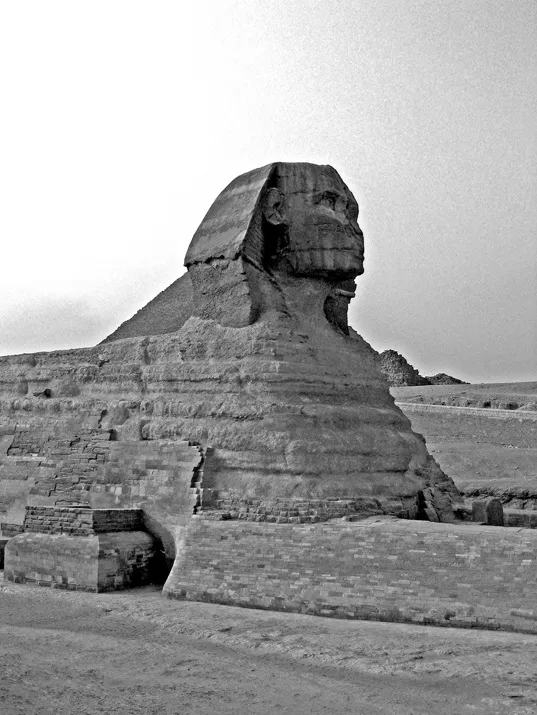Ponder the Pyramids of Giza
The ongoing debate about how the pyramids were built is a testament to the brilliance of its makers
/https://tf-cmsv2-smithsonianmag-media.s3.amazonaws.com/filer/lifelist-giza-631.jpg)
The Pyramids of Giza rise from the west bank of the Nile River almost as an act of defiance, perfectly symmetrical behemoths imposed upon a flat, barren landscape. The Great Pyramid—the oldest, largest and most famous of the monuments—is the last of the ancient world's "seven wonders" still standing. Built 4,500 years ago as a tomb for the fourth dynasty pharaoh Khufu, it once stood 481 feet high. Because thieves (who robbed the burial chambers) stripped the pyramids of their outer casings of polished white limestone, they no longer reach their original heights. Today the Great Pyramid stands at 450 feet.
Precisely how the Egyptians built these colossal structures is still a matter of debate. To construct the Great Pyramid, workers had to cut, haul and assemble 2.3 million limestone blocks, weighing on average more than two tons. Contrary to the long-held belief that the workers were slaves, Egyptologists now believe the pyramids were ancient public works projects (which, unlike modern public works projects, actually got finished).
Erected as a vanity effort by a ruthless pharaoh, the pyramids remain first and foremost a monument to the ingenuity of a remarkable civilization. As Jean-Pierre Houdin, a French architect who has studied the Great Pyramid for almost a decade, observes, "You don't build such a mountain of stones with so few people this size unless you have reached a very high level of knowledge in many sciences."
Planning Your Next Trip?
Explore great travel deals
Smithsonian magazine participates in affiliate link advertising programs. If you purchase an item through these links, we receive a commission.





